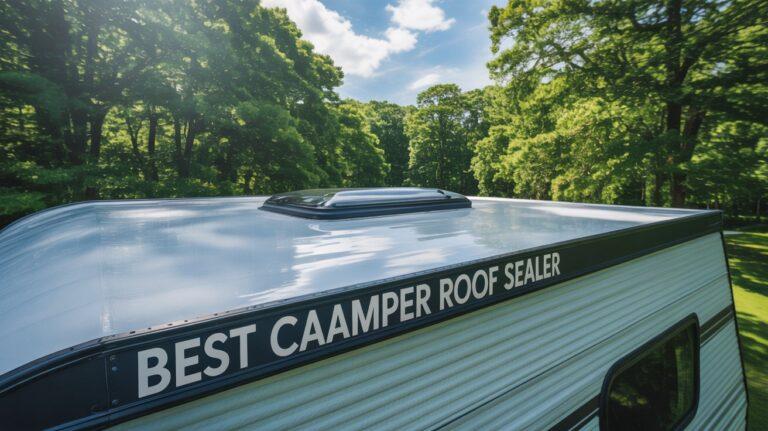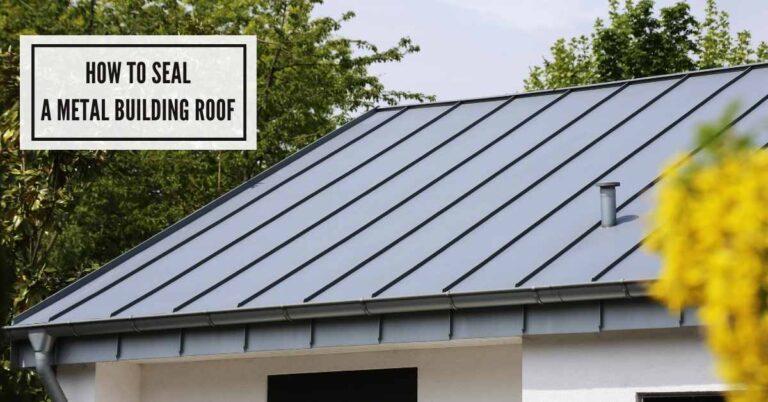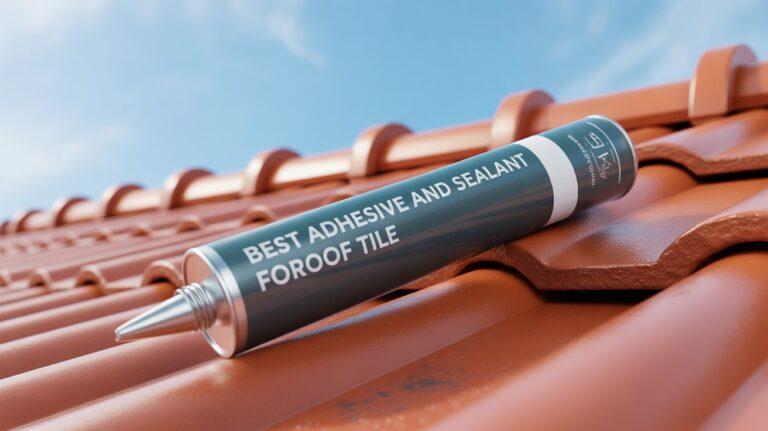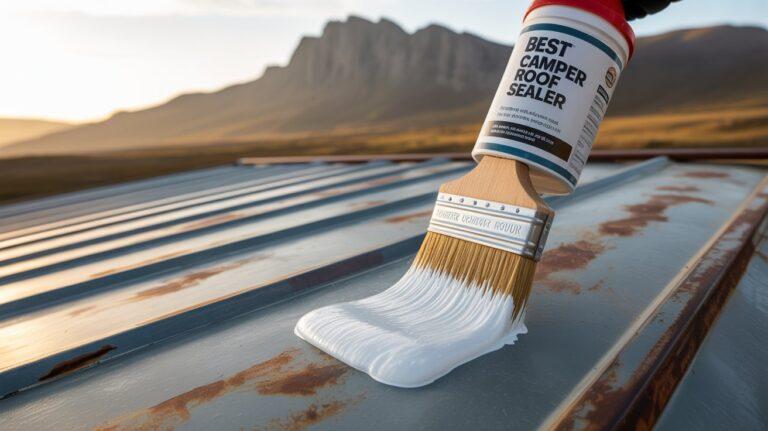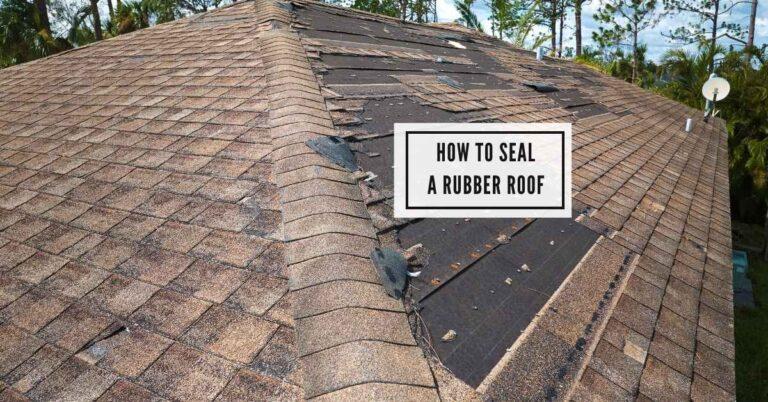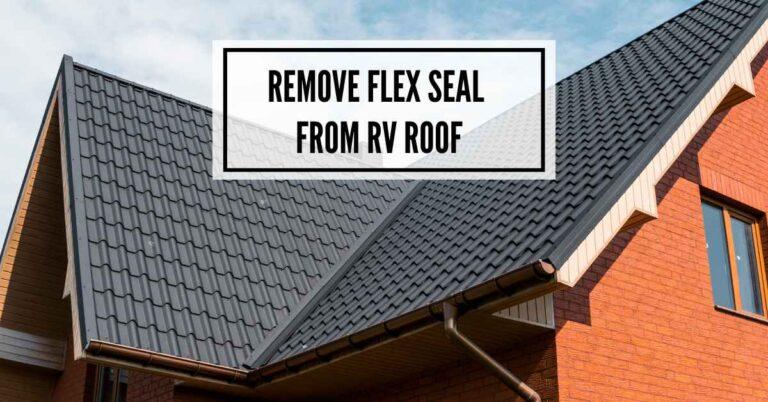How to Remove Dicor Lap Sealant from RV Roof : 4 Effective Steps
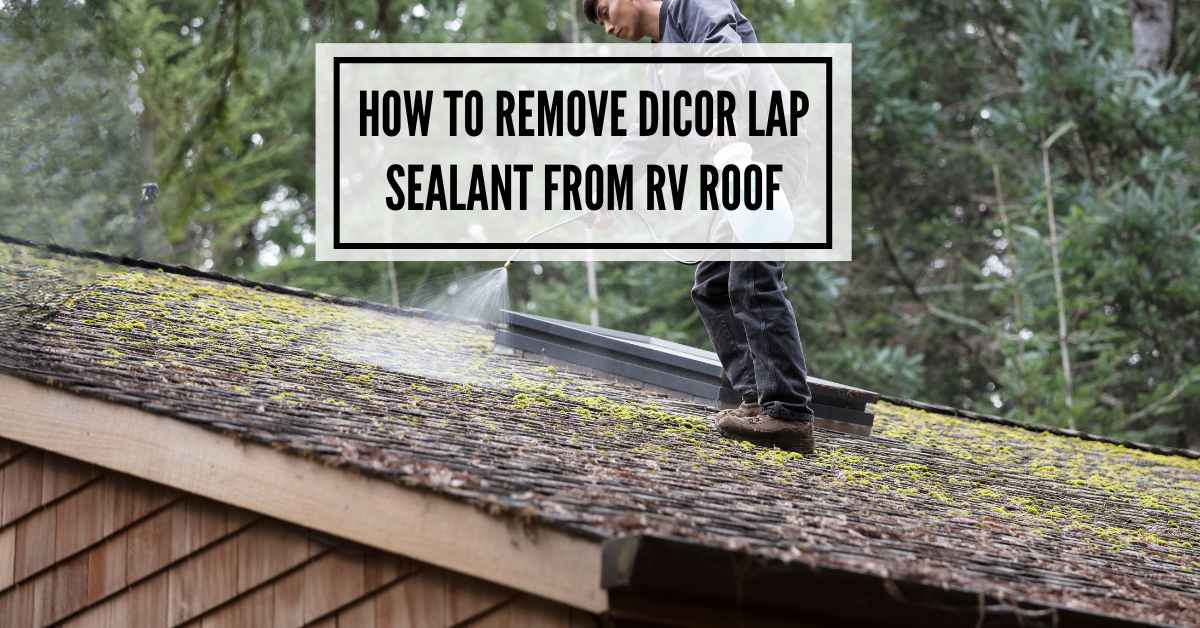
Dicor Lap Sealant effectively creates a secure secondary seal on an RV’s roof. It will prevent leakage and extend the life of the roof.
This self-leveling sealant lasts around 2 to 4 years. Is your Dicor Lap sealant already showing weary signs? If there is any crack, water may seep through the RV roof.
It is necessary to keep the sealant tip-top shape and protect your RV roof from rain, snow, heat, etc. Wondering how to remove Dicor Lap sealant from RV roof?
In this article, I will guide you on the best way to get off self-leveling sealant from your recreational vehicle’s roof. Let’s dive in without further ado!
Roof Makeover: How to Easily Remove Dicor Lap Sealant from Your RV
Do you want to scrape away the old Dicor Lap sealant from your RV Roof and apply a new one?
The followings are the steps to take off the old sealant and prepare it perfectly before adding a new sealant.
Step: 01— Ensure Work safety
Dicor Lap sealants are made of petroleum distillate. They can cause irritation, dryness, or even chemical burns if you directly touch Dicor Lap sealants.
It is best to wear a pair of gloves and goggles to protect your face and nose. You can use nitrile gloves as they work well with most adhesive products.
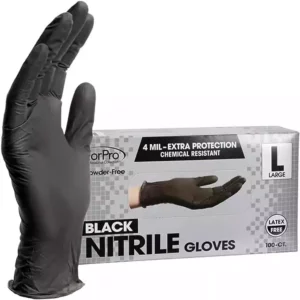
These gloves are made of synthetic rubber and are resistant to oils and acids as they have chemically resistant properties.
Wear clear eyewear that doesn’t disrupt ventilation and cause minimal fogging but has higher protection from rain and splash.
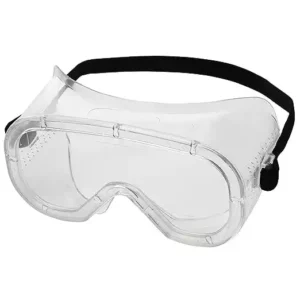
Make sure to park your RV in a safe and open area. The fumes of sealants will quickly spread.
Step: 02— Heat The Dicor Lap Sealant
When a sealant becomes warm, it is easy to remove it due to its softness. You can heat the Dicor Lap sealant in many ways, such as a heat gun, hairdryer, or handheld blowtorch.
These electrical devices will emit a stream of hot air. When using a hair dryer, choose a low setting and place the hair dryer in a particular zone for 20-30 seconds.
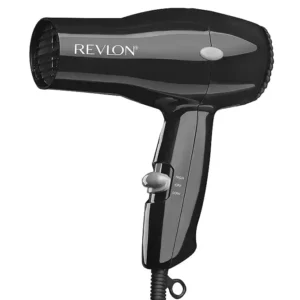
Please don’t hold it for too long for a specific area. Otherwise, it may affect the beneath the sealant. Gradually move it further once the current spot becomes hot enough.
A handheld blowtorch also comes in handy as it emits a high-temperature naked flame heat that can break down the Dicor Lap sealant within a few seconds.
When using a heat gun, use a low to medium heat setting and move it back and forth to heat the seal until it softens evenly.
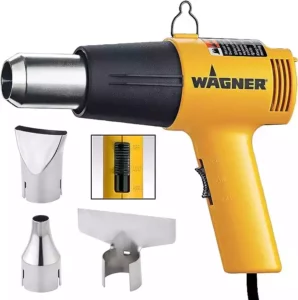
Step: 03— Remove The Dicor Lap Sealant
Once the sealant becomes soft enough, you can start removing it. But which scraping tool can remove old lap sealant from the RV roof?
You should avoid using any utility knife or razor scraper. Their sharp edge may damage the RV roof.
So, what can you use? A putty knife comes in handy to scrape away the loose substances of the old sealant.
Ensure to maintain a 30-degree angle to lift off everything from the RV surface. Apply moderate pressure and gently scrape off the sealant.
Don’t you have a putty knife too? Wait! I have a solution for you! At least you have an old credit or debit card that expired a long ago, right?
Carefully slide the card along the sealant. Use a twisting motion if necessary to lift and remove the sealant.
Step: 04— Remove The Dicor Lap Sealant
So, removing the old Dicor Lap sealant from the RV roof is done. But don’t you want to reseal it?
Doing so requires you first clean the particular area appropriately. What to use to clean the RV roof?
One of the simple products is denatured alcohol. It is effective to remove the remaining substance of the sealant.
Ensure you don’t pour denatured alcohol directly onto the RV roof or sealant. It may ruin the roof.
Take a small fresh fabric and add a trivial amount of denatured alcohol and gently wipe off the surface. Grab another fresh cloth and wipe off the area to make it fully dry.
Can You Add A New Dicor Lap Sealant Over An Older One?
Don’t you want to remove the older sealant from your RV roof? I can understand; it is time-consuming and a bit of an elbow grease job.
Adding a new Dicor Lap sealant over an older one is entirely okay. In fact, many RV owners did this and faced no problems even after five years.
However, preparing the particular spot is the key. If the existing sealant already has any cracks or openings, you must deal with it first.
There should not be any unusual low or high point. Everything needs to be flat.
Remove the loose substances from the sealant properly. Then, use mineral spirits to clean the area. Make sure to let it dry adequately before applying the new sealant.
What Cleaners to Use and What Not to Remove the Existing Dicor Lap Sealant?
Not all sealant cleaners go well with the Dicor Lap sealant. Some may react negatively and ruin the RV roof.
Dicor Rubber Roof Cleaner
One of the most popular choices for cleaning the dirt and residues of Dicor Lap Sealant is Dicor Rubber Roof Cleaner.
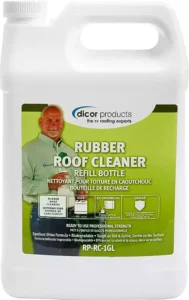
It is equipped with water-softening agents to combat hard water spotting. Its deep cleaning formula will lift dirt and grime without damaging the RV roof surface.
EPDM Roof Cleaner
Many RV owners use EPDM roof cleaners. Surely, it is a toxin-free, flammable-free, and biodegradable product.
Unfortunately, EPDM roof cleaner is more likely to react with the new sealant.
They will compromise the effectiveness and durability of the seal. Moisture, air, or contaminants may penetrate through the sealed area.
Isopropyl Alcohol
You can use Isopropyl Alcohol to clean the existing residues of Dicor Lap sealant. It will ensure a better adhesion for the sealant.
However, thoroughly clean and dry the area before applying Dicor Lap Sealant for optimal results.
Otherwise, rubbing alcohol may react negatively if not given enough drying time. It will lead to poor adhesion and a weaker seal.
Hand Soap And Water
If you prefer to use a household product, create a mixture of hand soap and water to clean the sealed area.
But don’t expect the same level of effectiveness as a commercialized special cleaner. You may have to undergo several cleaning sessions to remove all the substances.
Bonus Tips To Remove Dicor Lap Sealant From RV Roof
- Choose a sunny day to remove the old sealant and add a new sealant. Avoid working on any rainy day.
- Use a lower setting to avoid damaging the RV roof when using any heat gun or handheld blowtorch.
- RV roofs are made of various materials, such as rubber, fiberglass, aluminum, vinyl, etc. The sealant must be compatible with the RV roof material. Otherwise, it will adhere poorly.
- Avoid using two different brands of sealant one over another. They may not be compatible with each other and are likely to react negatively.
- Don’t spray any cleaner directly on the RV roof. It may damage the RV roof. Instead, pour the solvent on a piece of fabric and wipe the surface.
- Getting rid of the whole old sealant is optional. Aim at just removing the cracks and making them flat. Then, apply a new adhesive appropriately.
FAQ’s
Is Dicor Lap Sealant UV-resistant?
Yes, Dicor Lap Sealant is formulated to withstand UV exposure, making it suitable for outdoor applications like RV roofs.
Can I use a metal putty knife for scraping?
It’s recommended to use a plastic putty knife to avoid damaging the roof’s surface.
How often should I inspect my RV’s roof sealant?
Regular inspections every six months are recommended to catch any issues early and prevent water damage.
Can I apply the new sealant directly over the old one?
It’s best to remove the old sealant completely before applying a new one for optimal adhesion and effectiveness.
Is professional help necessary for this task?
While DIY is possible, if you’re unsure, seeking professional help can ensure the task is done correctly.
Wrapping UP
Adding a dedicated quality sealant to the RV roof will protect it from adverse weather events and extrusive elements.
But your Dicor Lap Sealant may weary signs or become loose over time. Depending on its condition, getting off partial or the entire old sealant is necessary.
Hopefully, you got a clear idea of how to remove Dicor Lap sealant from RV roof. Let me know if you still need any help or queries.

I am Robert Sandin, a professional sealing expert with a diverse range of expertise. From concrete to various other materials, I possess in-depth knowledge and experience in the art of sealing. On my website, I offer valuable tips and expert recommendations on sealing techniques and products for different materials. Whether it’s concrete, wood, metal, or more, I am committed to providing you with the guidance you need for successful sealing projects.

